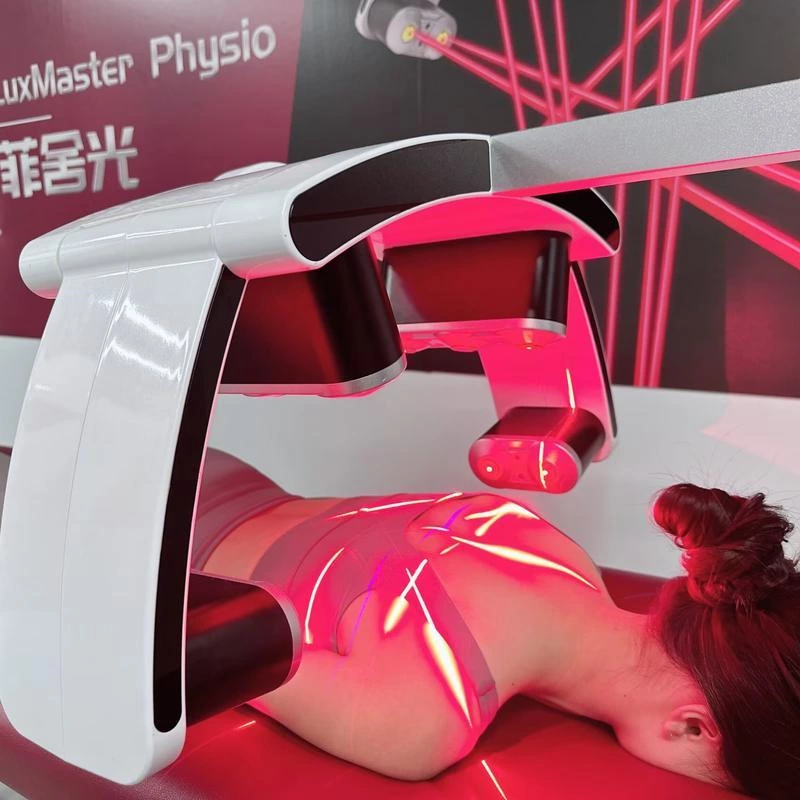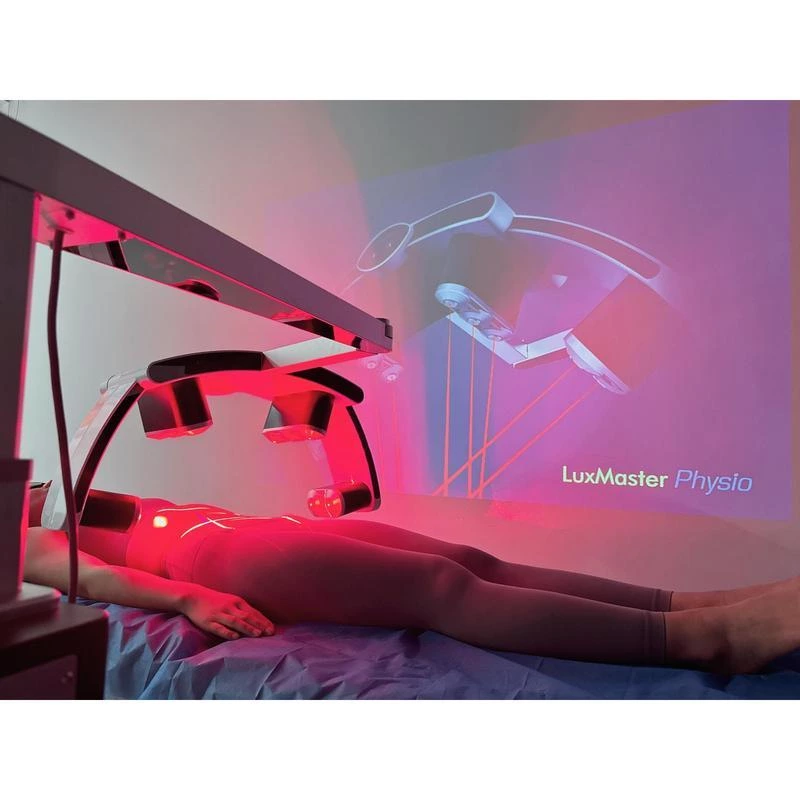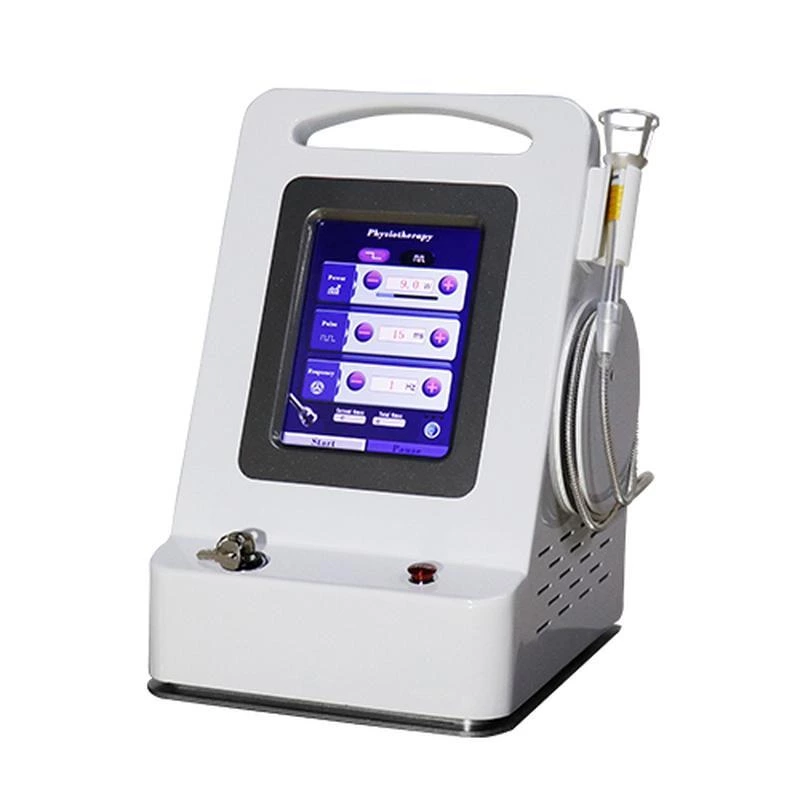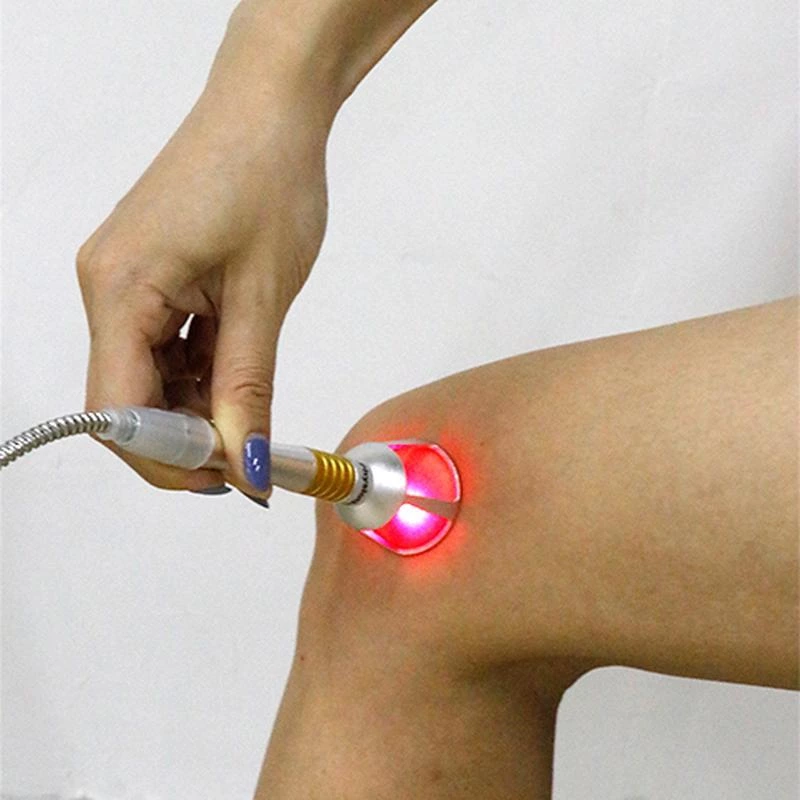Laser therapy is a medical treatment that utilizes focused light beams to address various health conditions. Here's a structured overview:
Laser Therapy
Laser therapy is a medical treatment that utilizes focused light beams to address various health conditions. Here's a structured overview:
Definition and Types
- Laser (Light Amplification by Stimulated Emission of Radiation): A coherent, monochromatic light beam used for therapeutic purposes.
- Types:
- High-Intensity Lasers: Used surgically to cut, vaporize, or coagulate tissue (e.g., CO2 lasers in dermatology).
- Low-Level Laser Therapy (LLLT)/Cold Laser Therapy: Non-thermal, used for cellular stimulation and healing.
Mechanisms of Action
- Photobiomodulation: Light interacts with cellular chromophores (e.g., cytochrome c oxidase in mitochondria), enhancing ATP production and promoting tissue repair.
- Cellular Effects: Reduces inflammation, alleviates pain, and accelerates healing through increased cellular activity.
Applications
- Medical Fields:
- Dermatology: Hair removal, tattoo removal, acne treatment, skin resurfacing (ablative vs. non-ablative).
- Physiotherapy: Pain management (arthritis, muscle strains), wound healing.
- Dentistry: Gum disease treatment, teeth whitening.
- Oncology: Targeting tumors (e.g., photodynamic therapy).
- Veterinary Medicine: Pain relief and inflammation reduction in animals.
Safety and Precautions
- Risks: Potential burns, eye damage (requiring protective eyewear), scarring, or infection (with surgical use).
- Contraindications: Pregnancy, photosensitive conditions, cancerous lesions, certain skin types.
Evidence and Approval
- FDA Approval: For hair removal, pain management, and specific dermatological procedures.
- Efficacy: Varies by condition; stronger evidence for acute pain and specific dermatological uses.
Additional Considerations
- History: Developed in the 1960s, with medical applications evolving over decades.
- LED vs. Laser: LEDs use non-coherent light, differing in mechanism and application.
- Side Effects: Mild (redness) with LLLT; more significant risks (scarring) with surgical use.
Conclusion
Laser therapy is a versatile tool across medical fields, tailored to specific conditions via adjustable parameters (wavelength, intensity). Professional administration ensures safety and efficacy, with ongoing research expanding its applications.




